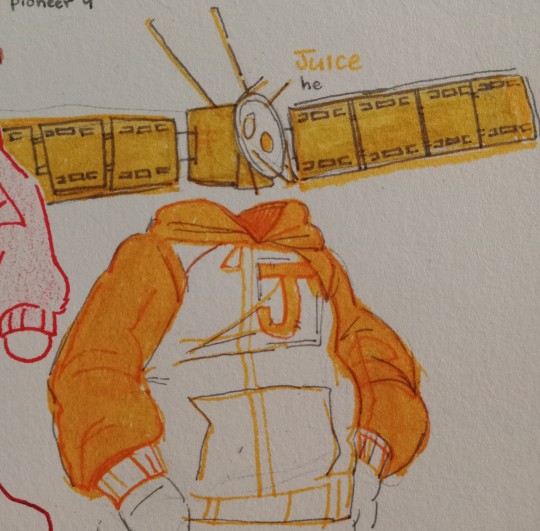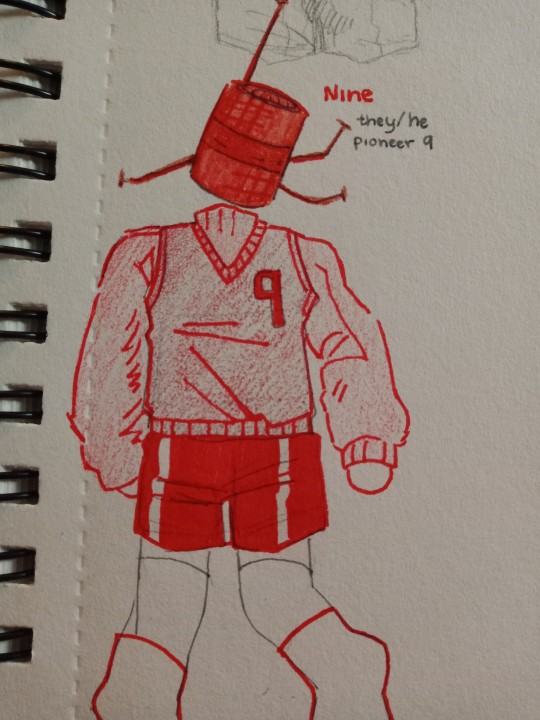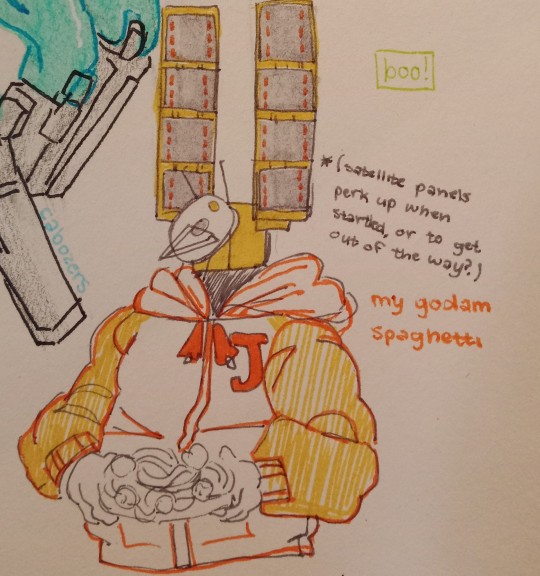#satellites
Text

Children's jumper. 1970s.
Atomic age, space race themes.
Peterburg Auctions
12K notes
·
View notes
Text


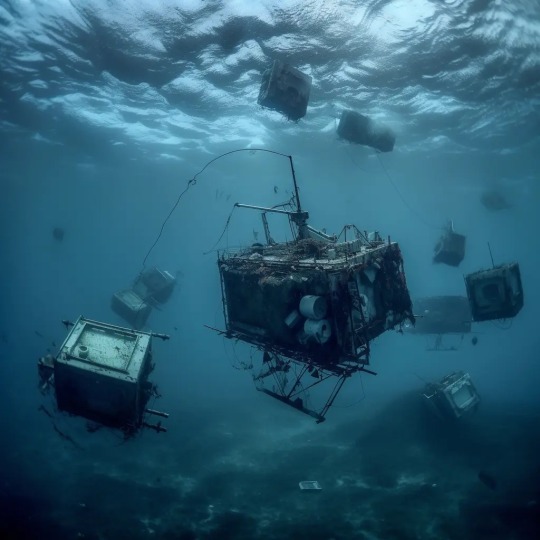






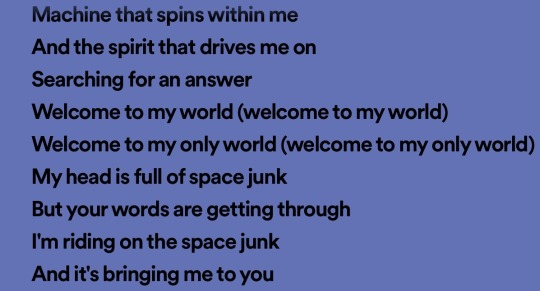
THE DYING. THE DEAD. AND THE UNDEAD SPACE JUNK.
Where Do Old Satellites Go When They Die? from spaceplace.nasa.gov // Zombie Satellites by Antony Johnston on Medium // Point Nemo: Meet Space Agencies’ Spacecraft Cemetery // Long Lost Military Satellite Found By Amateur Radio Operator by Joe Palca and Scott Nueman on NPR // Lincoln Experimental Satellite from Wikipedia Commons // Military Zombie Satellite From 1967 Discovered By Radio Operator Enthusiast by Fabieen Lang on Interesting Engineering // Where Do Old Satellites Go When They Die? from space place.nasa.gov // Long Lost Military Satellites Found By Amateur Radio Operator by Joe Palca and Scott Nueman on NPR // Football 17776: What Football Will Look Like In The Future by Jon Bois // Space Junk by Wang Chung
6K notes
·
View notes
Text
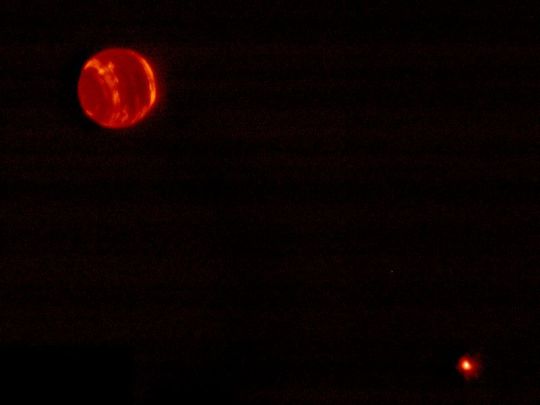

Neptune & Triton l Miranda & Uranus in infrared (x)
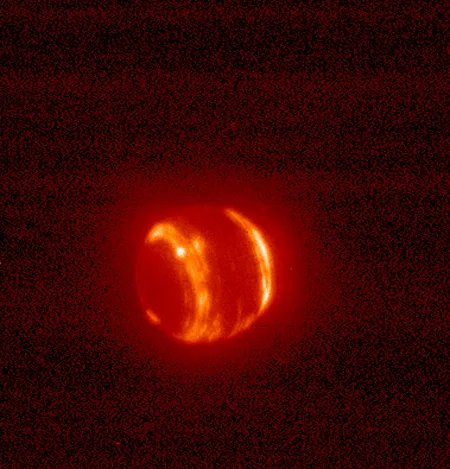

#neptune#uranus#planets#solar system#space#astrophotography#astronomy#infrared#universe#galaxy#sky#stars#night#triton#moon#satellites
3K notes
·
View notes
Text
Who should defend the moon if not poets?
Antoni Slonimski
#aesthetic#dark academia#coffee#art#books#academia#college#light academia#literature#studyblr#poets#poetry#poems#moon#celestial#life#astrology#satellites#stars#sun#writersblr#writers#writers community
2K notes
·
View notes
Text
It's my headcanon that there's not a galactic-wide holonet. That infrastructure just isn't there. Individual planets like coruscant probably have a holonet, sure, and some core worlds are connected to each other, but for a lot of the galaxy, most of the galaxy even, the average person just doesn't have access to a galactic equivalent of Earth's internet.
#The main reason they don't is just because the og SW was written before we had internet#and the worldbuilding grew from that point#but also we get our internet from a boatload of infrastructure#miles of cable#servers#satellites#and so on#so basically tattooine? not really on the web
181 notes
·
View notes
Text

Jaroslav Paur (1918-1987) —Two Satellites Above a Town [oil, canvas, 1976]
230 notes
·
View notes
Text
The Enchanted Learning Astronomy Dictionary

link
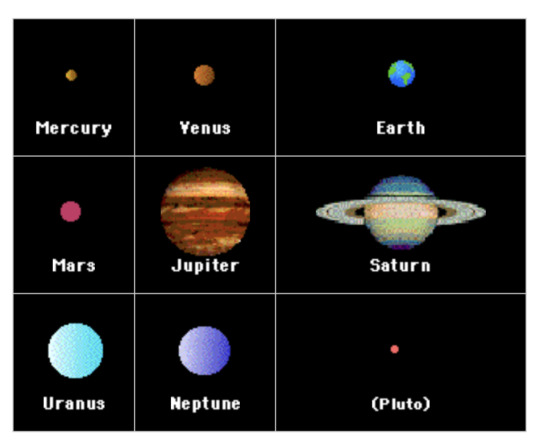




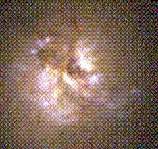
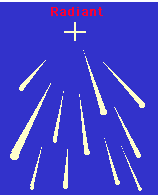

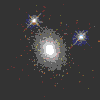








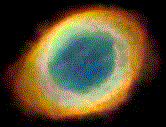




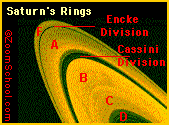
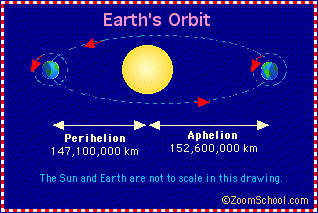
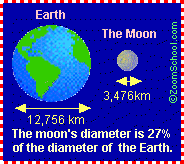

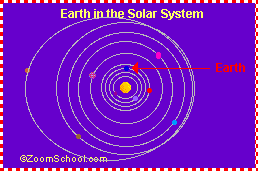
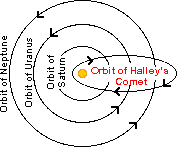

Some of the spectacular images from the Enchanted Learning astronomy dictionary.
#space#Enchanted Learning Websites#satellites#planets#star aesthetic#space aesthetic#old websites#kidcore#cosmos#outer space#pixel art#pixel icons#stars#the galaxy#pixel aesthetic#the solar system#17776#17776 football#what football will look like in the future#old website#old internet aesthetic#old internet#webcore#dictionary#nostalgia#links#nasa#Space exploration#astronomy#1999
114 notes
·
View notes
Text
Satellites and space junk around Earth. 🌏
97 notes
·
View notes
Text
Calling Long-Distance: 10 Stellar Moments in 2022 for Space Communications and Navigation
Just like your phone needs Wi-Fi or data services to text or call – NASA spacecraft need communication services.
Giant antennas on Earth and a fleet of satellites in space enable missions to send data and images back to our home planet and keep us in touch with our astronauts in space. Using this data, scientists and engineers can make discoveries about Earth, the solar system, and beyond. The antennas and satellites make up our space communications networks: the Near Space Network and Deep Space Network.
Check out the top ten moments from our space comm community:
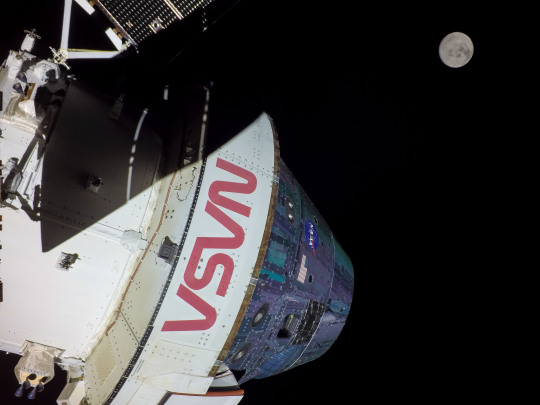
1. Space communication networks helped the Artemis I mission on its historic journey to the Moon. From the launch pad to the Moon and back, the Near Space Network and Deep Space Network worked hand-in-hand to seamlessly support Artemis I. These networks let mission controllers send commands up to the spacecraft and receive important spacecraft health data, as well as incredible images of the Moon and Earth.
The Pathfinder Technology Demonstration 3 spacecraft with hosted TeraByte InfraRed Delivery (TBIRD) payload communicating with laser links down to Earth. Credit: NASA/Ames Research Center
2. Spacecraft can range in size – from the size of a bus to the size of a cereal box. In May 2022, we launched a record-breaking communication system the size of a tissue box. TBIRD showcases the benefits of a laser communications system, which uses infrared light waves rather than radio waves to communicate more data at once. Just like we have upgraded from 3G to 4G to 5G on our phones, we are upgrading its space communications capabilities by implementing laser comms!

3. The Deep Space Network added a new 34-meter (111-foot) antenna to continue supporting science and exploration missions investigating our solar system and beyond. Deep Space Station 53 went online in February 2022 at our Madrid Deep Space Communications Complex. It is the fourth of six antennas being added to expand the network’s capacity.

4. You’ve probably seen in the news that there are a lot of companies working on space capabilities. The Near Space Network is embracing the aerospace community’s innovative work and seeking out multiple partnerships. In 2022, we met with over 300 companies in hopes of beginning new collaborative efforts and increasing savings.

5. Similar to TBIRD, we're developing laser comms for the International Space Station. The terminal will show the benefits of laser comms while using a new networking technique called High Delay/Disruption Tolerant Networking that routes data four times faster than current systems. This year, engineers tested and proved the capability in a lab.

6. In 2021, we launched the James Webb Space Telescope, a state-of-the-art observatory to take pictures of our universe. This year, the Deep Space Network received the revolutionary first images of our solar system from Webb. The telescope communicates with the network’s massive antennas at three global complexes in Canberra, Australia; Madrid, Spain; and Goldstone, California.
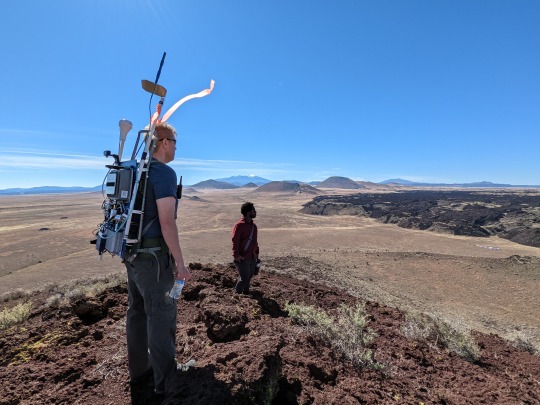
7. Just like we use data services on our phone to communicate, we'll do the same with future rovers and astronauts exploring the Moon. In 2022, the Lunar LTE Studies project, or LunarLiTES, team conducted two weeks of testing in the harsh depths of the Arizona desert, where groundbreaking 4G LTE communications data was captured in an environment similar to the lunar South Pole. We're using this information to determine the best way to use 4G and 5G networking on the Moon.
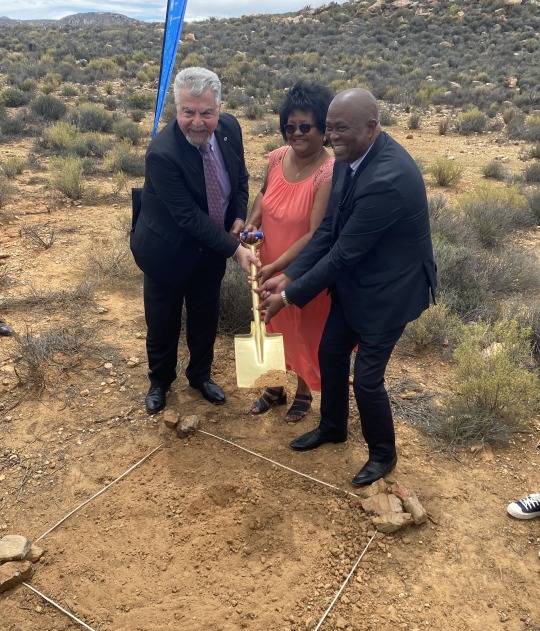
8. A new Near Space Network antenna site was unveiled in Matjiesfontein, South Africa. NASA and the South African Space Agency celebrated a ground-breaking at the site of a new comms antenna that will support future Artemis Moon missions. Three ground stations located strategically across the globe will provide direct-to-Earth communication and navigation capabilities for lunar missions.

9. Quantum science aims to better understand the world around us through the study of extremely small particles. April 14, 2022, marked the first official World Quantum Day celebration, and we participated alongside other federal agencies and the National Quantum Coordination Office. From atomic clocks to optimizing laser communications, quantum science promises to greatly improve our advances in science, exploration, and technology.

10. We intentionally crashed a spacecraft into an asteroid to test technology that could one day be used to defend Earth from asteroids. The Double Asteroid Redirection Test, or DART, mission successfully collided with the asteroid Dimorphos at a rate of 4 miles per second (6.1 kilometers per second), with real-time video enabled by the Deep Space Network. Alongside communications and navigation support, the global network also supports planetary defense by tracking near-Earth objects.
We look forward to many more special moments connecting Earth to space in the coming year.
Make sure to follow us on Tumblr for your regular dose of space!
1K notes
·
View notes
Photo

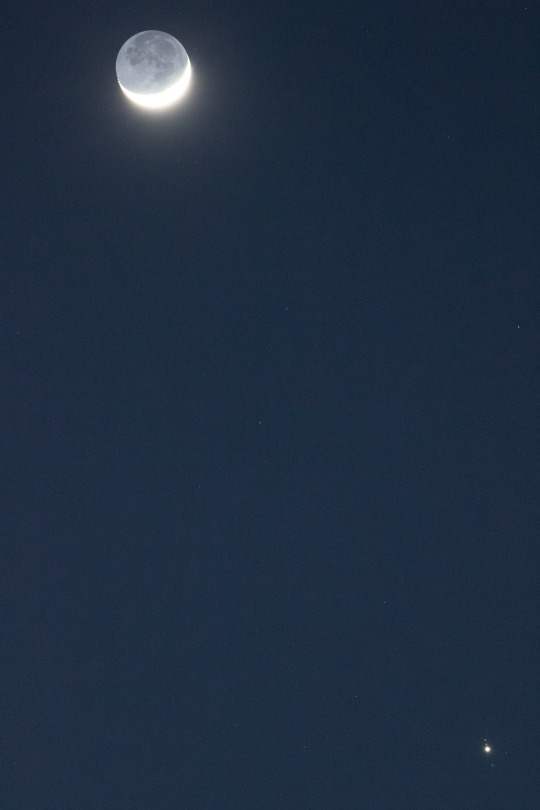

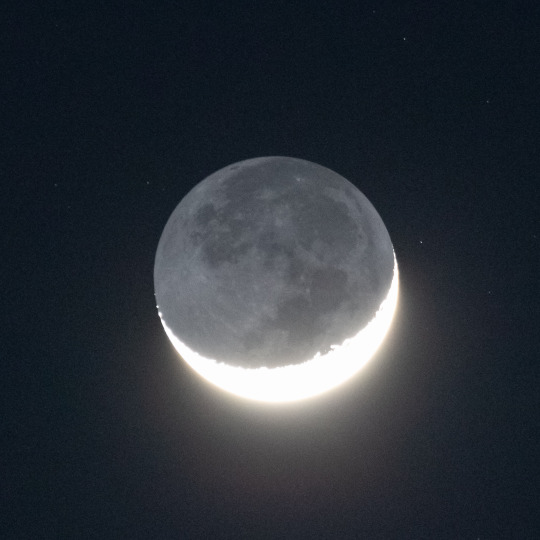
NO WAR Moon, Jupiter, and Venus (Feb. 23, 2023)
516 notes
·
View notes
Text
Master Post of My FirstPrince Fics ~
Fox. Henry Fox. (finished)
Alex had seen the guy around campus, sure. He was hard to miss, but Alex never said out loud why. For everyone else, being the son of the famous James Bond actor made him a celebrity enough.
But for Alex, Henry Fox just…stood out.
[non-royal au. University au. Cool guy x nerd trope.]
All Over Again (finished)
Alex and Henry's first kiss goes a little differently.
[one shot. Canon-divergence. New Year's kiss.]
Salt Follows the Moon (unfinished)
Vampires exist, and it's no secret.
What is a secret, is that Henry Hanover-Stuart Windsor needs a blood donor.
Alex Claremont-Diaz just can't leave well enough alone.
[vampire!Henry x blood donor!Alex. Canon-divergence.]
Moonburn (unfinished)
Alex Claremont-Diaz is everything a wolf should be. Tall, long-limbed, strong, and most of all: charismatic. Community and pack oriented. Some would also say he’s loud, overeager, and has his head up the moon’s ass.
Again: werewolf. It’s like blaming water for being wet.
As for Henry Hanover-Stuart Windsor Fox…his mother is a wolf. She comes from a long and prestigious line—many lines—of wolves. She fell in love with a human. Despite the initial shock and disdain for marrying outside of tradition, having two children born as healthy, strong wolves calmed several of the loudest, bigoted voices.
And then Henry came along. The youngest. The favorite. The human. But nobody else knows that last part.
[werewolf!Alex x human!Henry. Canon-divergence.]
Satellites (unfinished)
Alex is in England for a year studying abroad. To his both relieved and annoyed surprise, the whole school is in a tizzy over something other than the American president’s son enrolling…except it’s Henry.
Prince Henry. He’s enrolled too.
[university au. Ceramicist!Henry x dancer!Alex. Still royal and FSOTUS.]
Alexander Hamilton Hall (unfinished)
It started with a group project.
Well, Alex supposed it started when Henry Fox moved to town, or perhaps when Alex’s parents succeeded enough in their political careers that he and June were transferred to the most prestigious high school in Texas.
Alexander Hamilton Hall.
[high school au. Non-royal au. Arthur lives au.]
Burning (unfinished)
Henry did manage to tell Alex to leave that night in Kensington.
Now it’s two years later, and Alex is over it. He has a girlfriend. His mother has been reelected. He’s going to the Swanky Soiree of Something Important in Paris, because he’s over it. Henry can be there and it’s fine.
Henry is there. And it’s most definitely not fine.
[canon-divergence. Whump and angst. Getting back together fic.]
Codename: Rapunzel (unfinished)
Acquiring the Prince of Wales’ name in his Burn Book, so to speak, had not been a surprise in Alex’s line of work. What had been a surprise, was that someone wanted the fourth in line for the throne dead.
[assassin/hitman!Alex x Prince Henry.]
#this post will be edited as i go <3#firstprince#rwrb#fic rec list#red white & royal blue#red white and royal blue#alex clairmont diaz#henry fox mountchristen windsor#henry fox#henry hanover stuart fox#thiswasinevitable-rwrb#thiswasinevitable rwrb#fox. henry fox.#salt follows the moon#moonburn#satellites#codename: rapunzel#all over again#burning#alexander hamilton hall
33 notes
·
View notes
Text
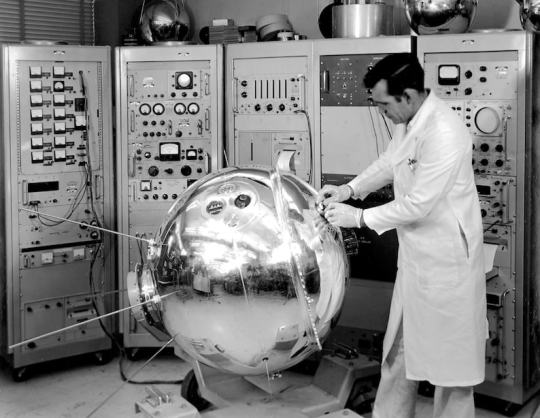
Engineer working on the Explorer 17 satellite, successfully launched in April of 1963 to measure atmospheric density.
237 notes
·
View notes
Photo
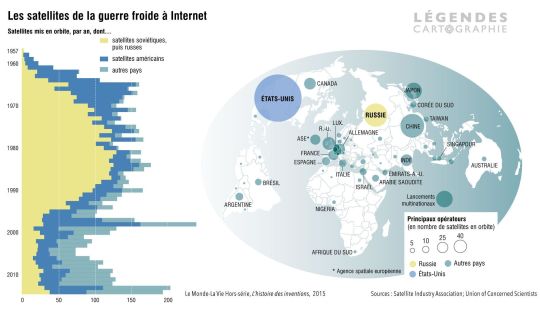
Number of satellites launched by year and country, 1957-2015.
by LegendesCarto
54 notes
·
View notes
Text
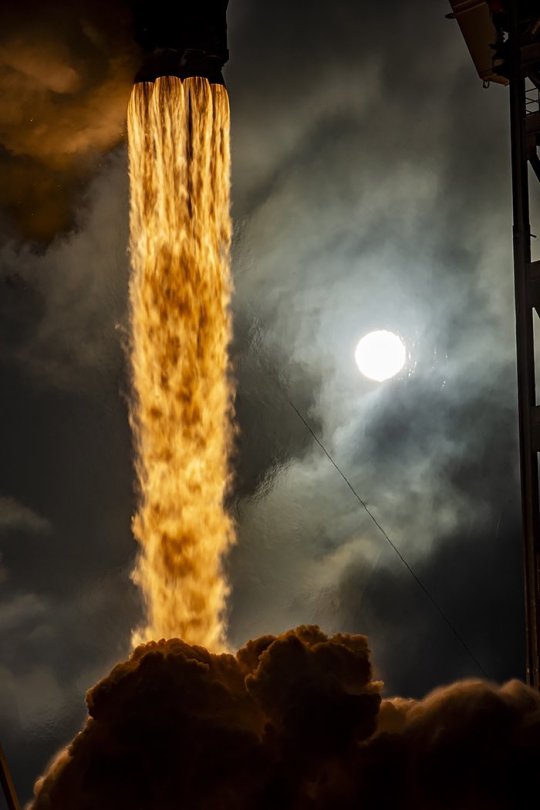
Falcon 9 Launch for SES' satellites l Ben Cooper
#spaceX#falcon 9#rocket launch#nasa#astrophotography#astronomy#stars#sky#solar system#satellites#galaxy#planets
538 notes
·
View notes
Text
Plenty of news stories have focused on the danger posed by Kessler syndrome. In this condition, space is made inaccessible by a cloud of debris surrounding our planet that would destroy any further attempts to get into orbit. Therefore, plenty of companies have sprung up to take care of the problem, from blasting derelict satellites with lasers to helping to refuel them—lots of business models have been created to capture this opportunity.
One of the farthest along is Astroscale. This British start-up is tackling the problem with one of the more conventional techniques—linking up with an existing satellite to deorbit it. And recently, they released a promotional video for their new project—the ELSA-M.
ELSA-M, which stands for End of Life Services by Astroscale-Multiple, is designed to couple with an existing satellite, force it into a lower orbit, and make it reenter more quickly. It will be the first satellite to boost itself up to another orbit for a second rendezvous and deorbit that second satellite as well. It's unclear how many of these projects a single ELSA-M satellite can take on, but the "multiple" in its name implies at least more than one.
Continue Reading
109 notes
·
View notes
